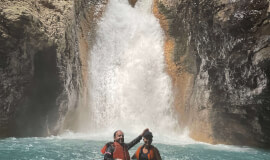
select
Adventure Between Two Rivers Colorado River Tubing - Horseback Riding
We would be more than happy to help you. Our team advisor are here at your service to help you.
+506 40700520









